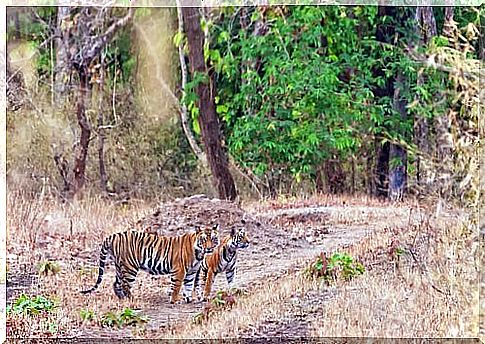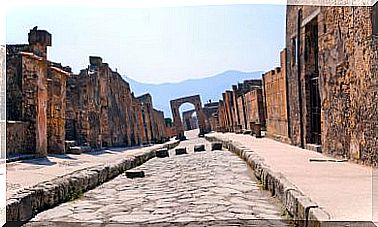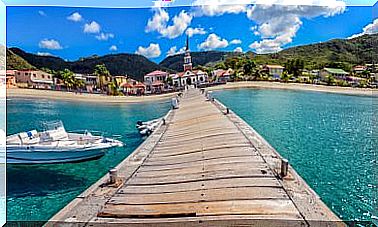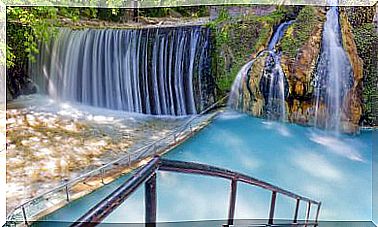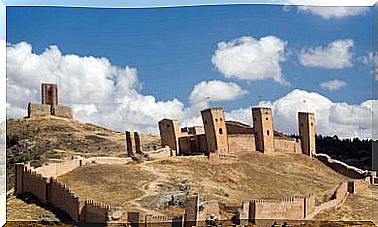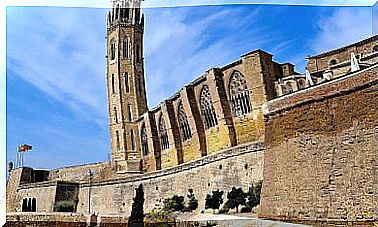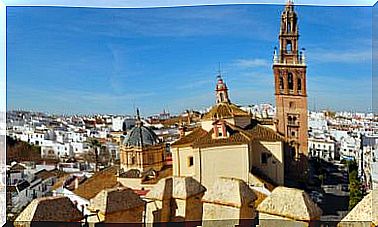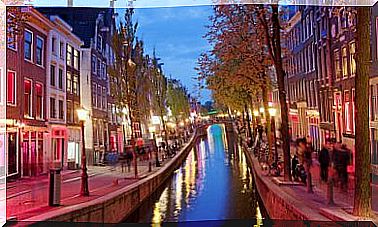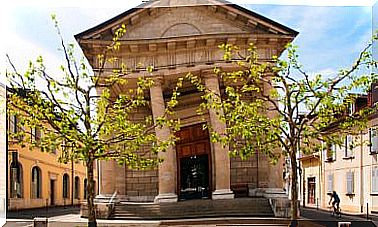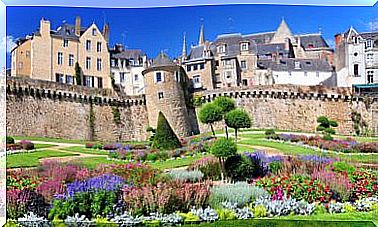Organization Of The British Empire In India
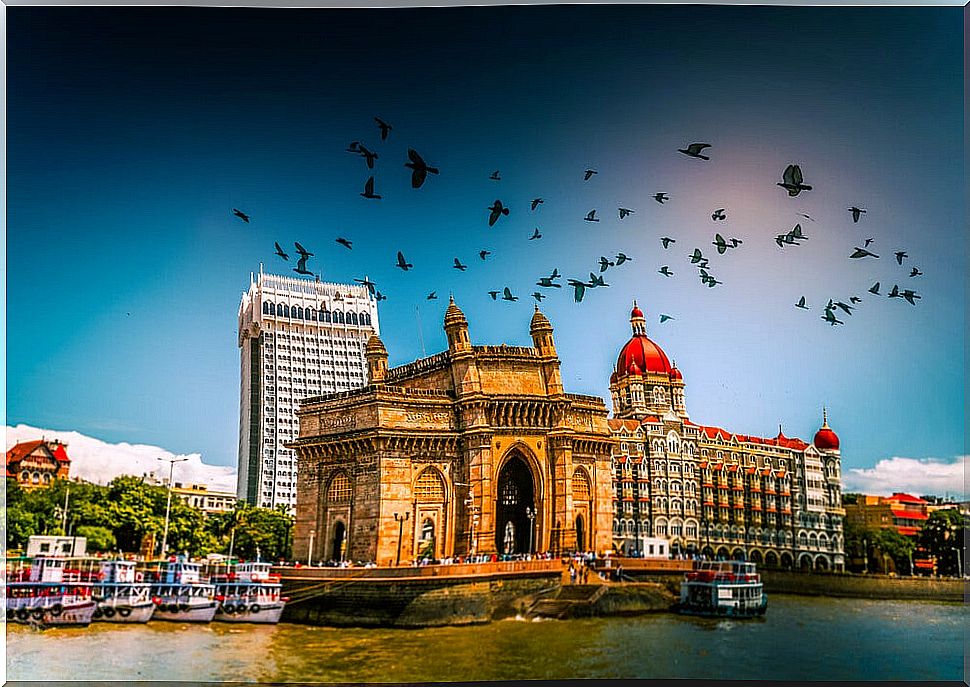
The British Empire in India began to organize in the late 18th century. On August 2, 1858, following the Indian Rebellion or Sepoy Mutiny, the Parliament of the United Kingdom passed the Government of India Act . This was the beginning of the period known as the British Raj or Direct Government of India, which lasted from 1858 to 1947.
The Government of India Act sought to liquidate the government of the British East India Company, which, under the auspices of the British Parliament itself, governed British India. With this law, government functions were transferred directly to the Crown.
This part of the British Empire in India included the territories that today belong to the Republic of India, the Islamic Republic of Pakistan, the People’s Republic of Bangladesh, and Burma. In this article we are going to expose some of the characteristics of the organization of that British Empire in India.
India, the jewel in the British Crown
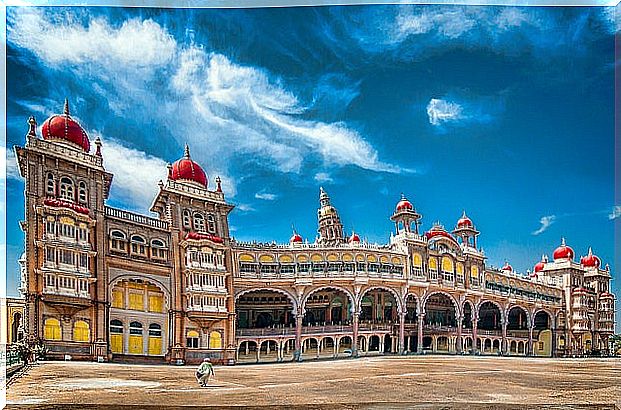
British colonization in the region began in 1780. From that moment on, two different domination systems were established: one direct and the other indirect. The direct one was exercised over the most populated area and consisted of a direct British form of government.
The territories where this form of government was exercised were called ‘the provinces’. At the beginning of the 20th century there were eight large provinces administered by a governor or lieutenant governor. There were also five minor provinces governed by a chief commissioner.
The other system of domination consisted of a type of indirect government through the Hindu princes. These were the so-called princely states. These were more than 500 and were very unequal to each other, both at the territorial level and in terms of wealth.
This system was established when the Maharaja or Hindu prince recognized the preeminence of the British. When this happened, the British left the prince in power as a collaborator of the British government.
In this way, the princely state became a protectorate. In it, the prince would rule the territory, but the British would be in charge of defense and foreign relations.
Organization of the British Empire in India
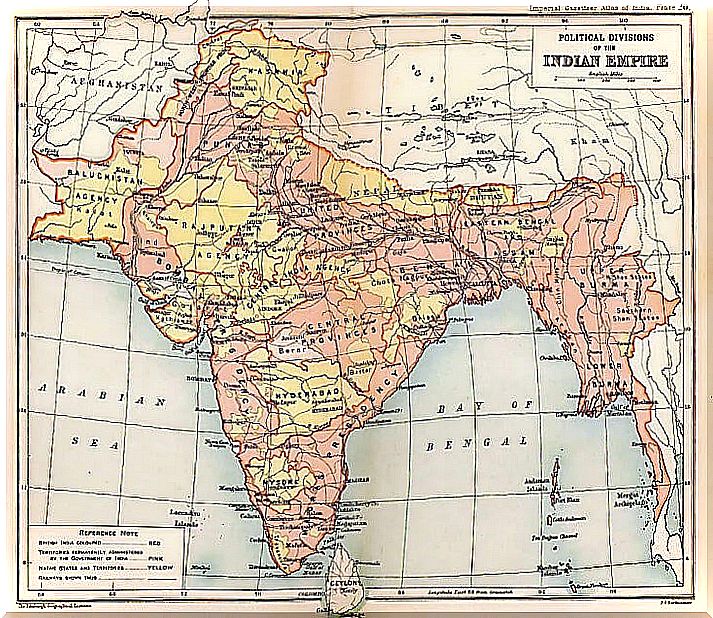
After the rebellion of India, with the Government of India Act, the way in which the territory was to be governed was modified. At this time it would be structured in three levels. An imperial government in London, a central government in Calcutta, and local government presidencies.
Thus, in London a Secretary of State was created, which was in charge of giving instructions to the central government of Calcutta. On the other hand, a council was also formed to which all the policies to be implemented in India should be consulted.
Through this system of dual government it was intended, through the advice of the council, to soften the excesses in imperial politics. In reality, this had no effect, as the Secretariat had the ability to make decisions unilaterally.
From Calcutta, the governor general, also known as the viceroy, assumed the administration of the territory. This was assisted by an executive and a legislative council. Below the central government were the provincial governors and district officials. These positions were directly appointed by the viceroy.
At the time when the dominion of India passed directly into the hands of the British Crown, London respected the treaties that already existed with the local princes previous to the rebellion. In this way, 40% of the territory remained under that indirect government headed by leaders of different ethnic groups and religions (Islamic, Hindu, Sikh, etc.).
Effects of colonization on social organization
Below high officials and local princes The same thing happened with the security forces, the police and the army. The troops were made up of a native population and the officers were British.
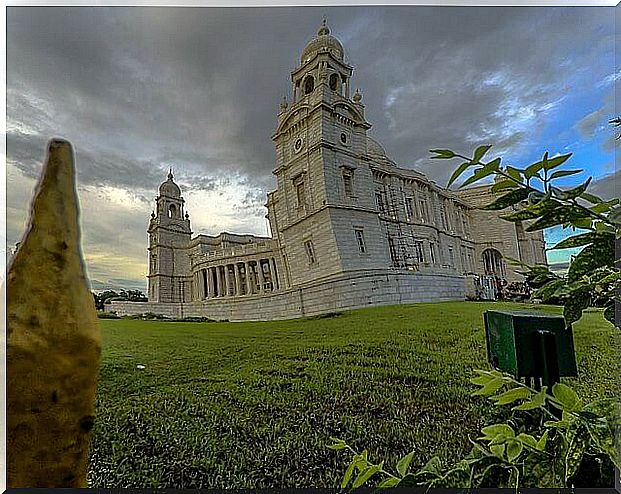
Indigenous elites filled the posts of local officials. Above them, the British, undertook a ‘civilizing’ mission. , where the superior races had to educate the inferior ones.
Thus, various projects were undertaken that aimed to educate local elites in the values and customs of Western society. since from the members of these elites, many educated in Europe, the leaders of independence emerged.
These subjects lived a paradox. They were members of the elite and received their own training, but, Therefore, despite being part of the elites, they would always be considered second-class citizens.
Beneath these elites emerged a new urban middle class. It was small, but it assumed a central role in generating changes in the colonial order. They assumed the reality of their technological backwardness compared to the English, but they never considered that their culture was inferior, on the contrary,
The British domination was shaping a more complex social fabric, the modes of production and economic relations were upset. This helped
